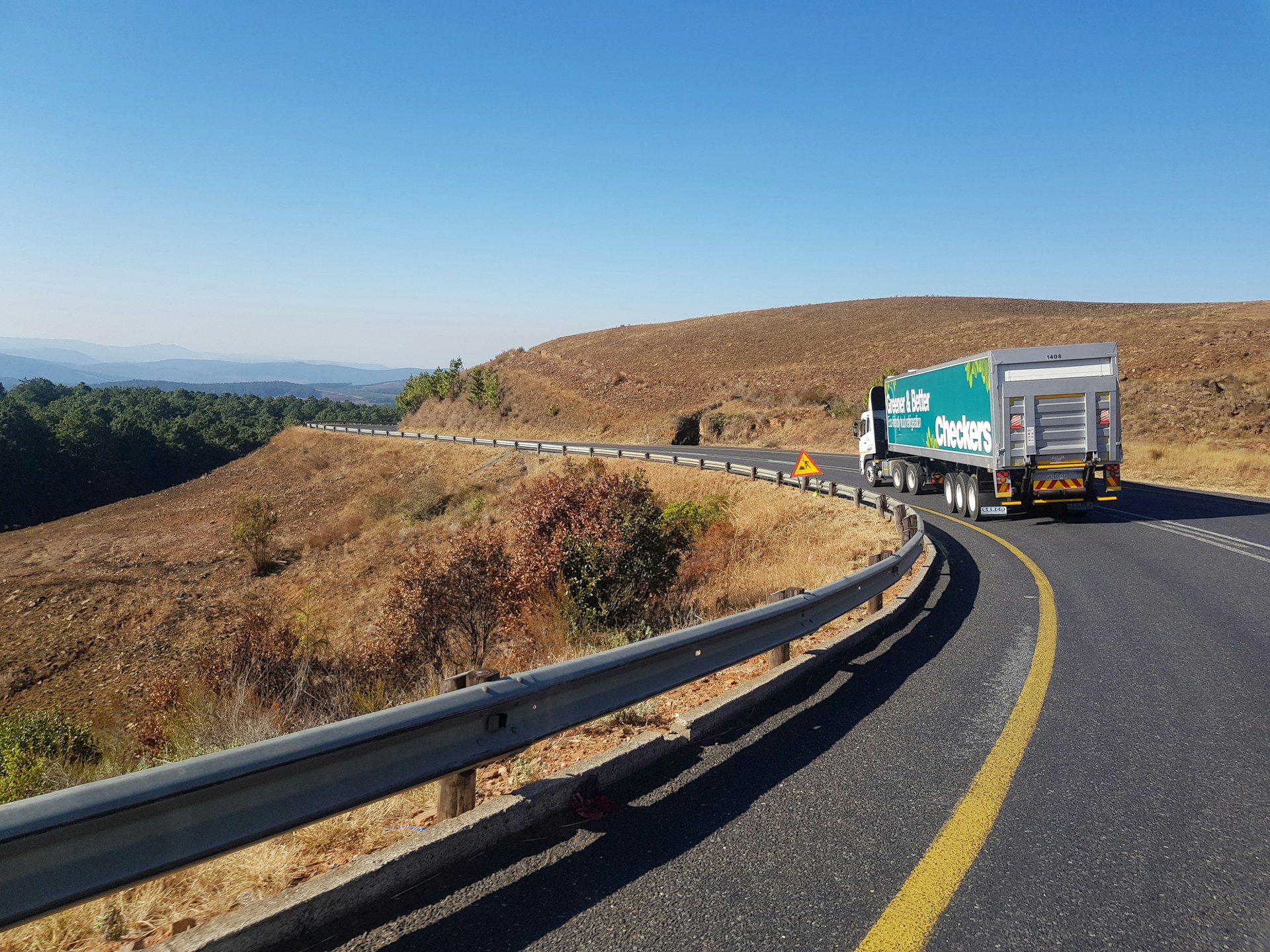How to Drive Safely With a Trailer

Once you've found the best semi trailer rental company and rented your dream trailer, it's time to take it out for a whirl. Assuming you know what you're doing, of course.
If you don't know how to handle a trailer correctly, you'll be putting the health of yourself, your passengers, other drivers on the road, and even your truck and the trailer in danger.
And though you likely know how to work a trailer if you own a semi truck, if you own a pickup truck or other vehicle capable of hauling a trailer, you may be at a loss the first time you get one. Hopefully, the following advice will help make the learning process a bit easier for you.
Check it Over
Before hooking it up and heading down the road, you need to look the trailer over and make sure it's in good shape.
Start with the tires. If there is no visible damage and the tread looks to be in good shape, then check their pressure. Inflate or deflate them until they reach the necessary pressure, and then check on the spare tire. If there isn't one, then swing by whichever local store would carry the tires you need before going any further.
Next, check the trailer's lights. Since your vehicle's brake lights and turning signals will likely be obscured by the trailer, it's vital to make sure that these work as intended. This is also a good time to make sure the trailer's brakes and breakaway systems work. You definitely don't want to find out that they don't work the hard way! Once the checks are complete, you can hook up the trailer and start adding weight.
Distribute Weight Correctly
Distributing weight correctly on your trailer is vital to making your ride smooth and ensuring that the trailer isn't damaged as you haul stuff. The first thing you need to do is determine how much weight your trailer can handle. There should be a label on it that tells you a GVWR, or gross vehicle weight rating.
Subtract the weight of your trailer, which can be calculated by weighing the trailer at a truck stop's scale, from this value and that's how much it can handle. Loading it with something that's over this value will result in damage to the trailer, which could also damage your vehicle. Do not exceed this weight limit.
Once you know the limit and are sure your load isn't too much for it, start loading it. Put 60% of the weight on the front half of the trailer, and try to make sure the tongue weight is roughly 10% of the loaded trailer's weight. Then, make sure the load is distributed equally on both the left and right sides. If any of this sounds complicated, do some research before attempting to load the trailer.
Prepare for Unique Handling
Once your trailer is hooked up and loaded, it's time to hit the road. This is the main thing that prevents people from using trailers because a trailer changes how the vehicle handles.
You need to take wide turns, speed up more slowly and give yourself more time to stop. You also need to be more careful when backing up and may find it difficult to park in many places. Luckily, there's one thing you can do to ease all of your worries: practice.
Find a large, empty parking lot or rentable area and bring a friend. All you need to do next is take your time and practice each step of the process. This is where the friend can come in handy; they'll see what mistakes you're making even when you don't, give you advice, and act as your spotter when you practice reversing.
Do this enough, and you'll be confident enough to practice on roads. Make sure that you start your practice with an empty trailer and slowly load it up as you improve, or you may incorrectly judge how much time you need to stop.
Pay Attention
Paying attention to the road is a vital part of any driving task but is especially important when hauling a trailer. Even minor potholes can be a major problem for a loaded trailer. When you see road hazards, try to avoid them.
If this isn't possible, then slow down as much as you can beforehand. Once you're past the hazards, find a safe place to stop and make sure that the tires are all good and that the load hasn't shifted too much.
A well-packed load should be fine, but some items, especially when loaded alone, can shift as a result of the sudden bump. This check should also be done after rough roads as these can jostle even the most well-packed items out of place.
Published 3/12/25